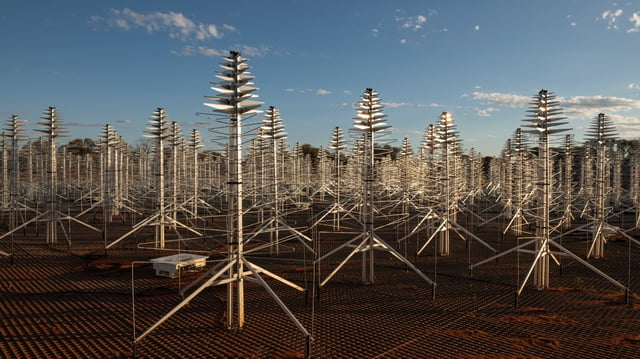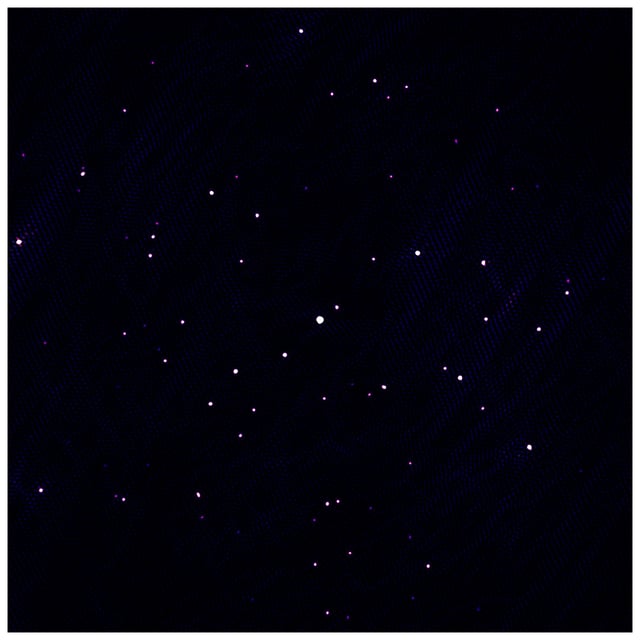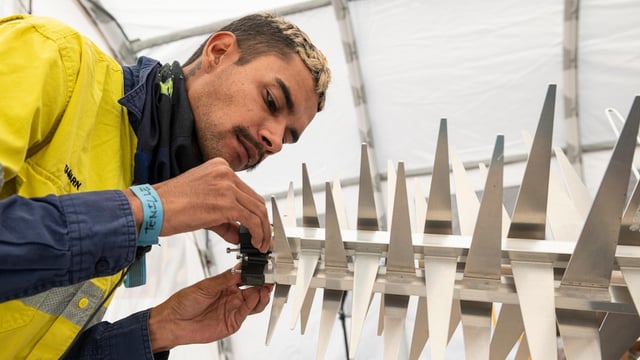Overview
- The SKA-Low telescope's first image shows 85 of the brightest known galaxies, each containing supermassive black holes, using just 1,024 of its planned 131,072 antennas.
- The telescope, under construction in the Murchison region of Western Australia, will become the world's largest low-frequency radio telescope upon completion by 2030.
- Scientists confirmed the telescope is functioning as intended, with the image quality exceeding expectations for this early stage of development.
- Once fully operational, the telescope is expected to detect up to 600,000 galaxies in a single frame and enable studies of the early universe, galaxy evolution, and fundamental physics.
- The project reflects international collaboration and partnerships with Indigenous communities, being built on Wajarri Yamaji Country with cultural and scientific significance.


